Fighting back: the story of the Warsaw Ghetto Uprising
In September 1939, Nazi Germany invaded Poland and occupied the country throughout World War II. The goal of the German state was to destroy the Polish people and nation. This included the extermination of over 3 million Jews living in Poland. German authorities imprisoned them in ghettos located in major cities. The largest of these ghettos was located in Warsaw and held between 300,000–400,000 people.
In the summer of 1942, the Germans conducted Grossaktion Warsaw, deporting over a quarter of a million Jews from the Warsaw Ghetto to death camps. When the remaining Jews learned that the ghetto was to be liquidated they decided to fight back. Assisted by the Polish Resistance, they began building bunkers and smuggling weapons and explosives into the ghetto.
On April 19, 1943, the Warsaw Ghetto Uprising began. Despite knowing that victory was impossible and survival unlikely, the Jews chose to fight and resist the occupation forces with arms in hand. It was the largest single revolt by Jews during World War II. Although the uprising was eventually suppressed and almost all ghetto residents killed or shipped to death camps, it serves as a testament to the strength and determination of those who fought against oppression and tyranny.
Yellow daffodil: a symbol of remembrance for the Warsaw Ghetto Uprising
Marek Edelman, the only surviving leader of the Warsaw Ghetto Uprising, later became a cardiologist. Every year on the anniversary of the uprising, he would receive a bouquet of yellow flowers from an anonymous person. Edelman would then lay the flowers at the Monument to the Ghetto Heroes in Warsaw. Over time, his patients began to join him, and gradually more other people followed. Soon, adorning the monument with yellow daffodils on April 19 became a tradition. The daffodils also have a symbolic significance. Their six petals resemble the Star of David, the symbol of Judaism and the Jewish people.
Spreading awareness through the Daffodil Campaign
Since 2013, the Museum of the History of Polish Jews has been commemorating the Warsaw Ghetto Uprising with the Daffodil Campaign. Every year on April 19, hundreds of volunteers hand out thousands of yellow daffodil pins on the streets of Warsaw, telling passers-by the story of the uprising. This year, SWPS University plans to join the campaign on a larger scale than ever.
Our academic community is taking another step towards spreading broader awareness of the Holocaust by joining the socio-educational Daffodils Campaign commemorating the 80th anniversary of the Warsaw Ghetto Uprising’s outbreak.
Adam Szpaderski, Ph.D. / Associate Professor
Vice-Dean for Student Affairs of the Faculty of Social Sciences in Warsaw
head of the Center for Research on the Economics of Memorial Sites
On April 19, yellow daffodils filled the Warsaw campus. During their breaks between classes, our students received flowers and had the opportunity to learn about the historical significance of the Warsaw Ghetto Uprising. Together, we honored the memory of those who fought for freedom and ensure that their legacy lives on.
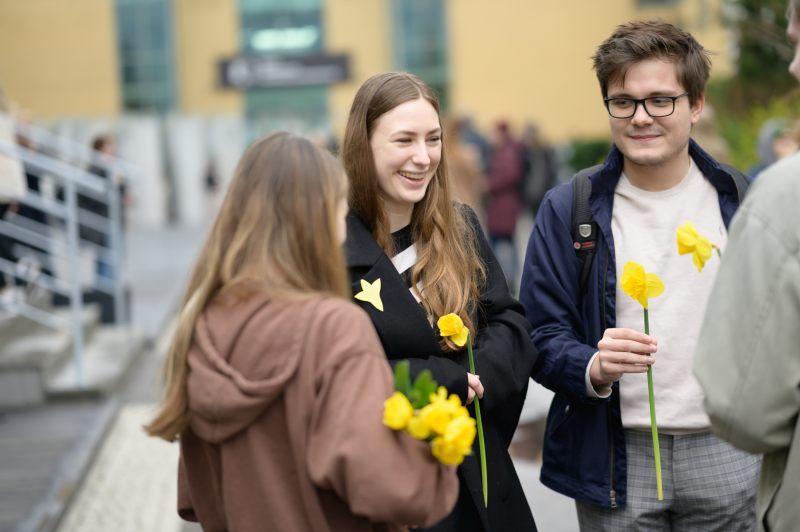 Photo: Nikodem Szymański
Photo: Nikodem Szymański
 Photo: Nikodem Szymański
Photo: Nikodem Szymański
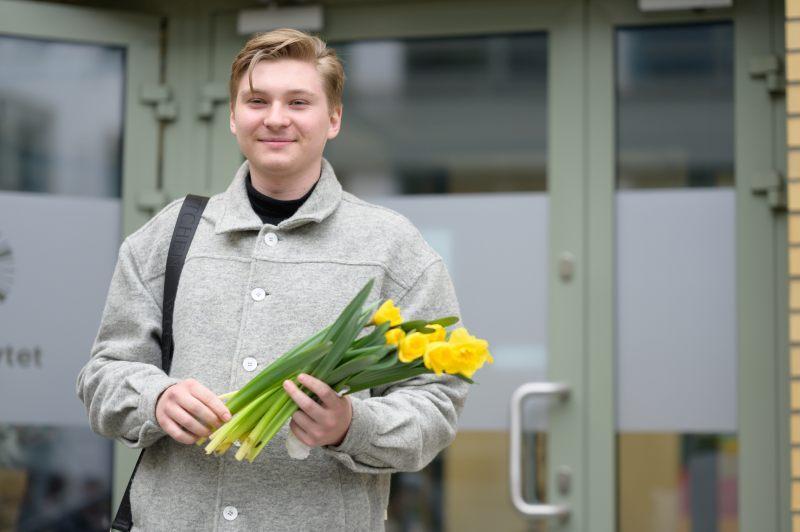 Photo: Nikodem Szymański
Photo: Nikodem Szymański
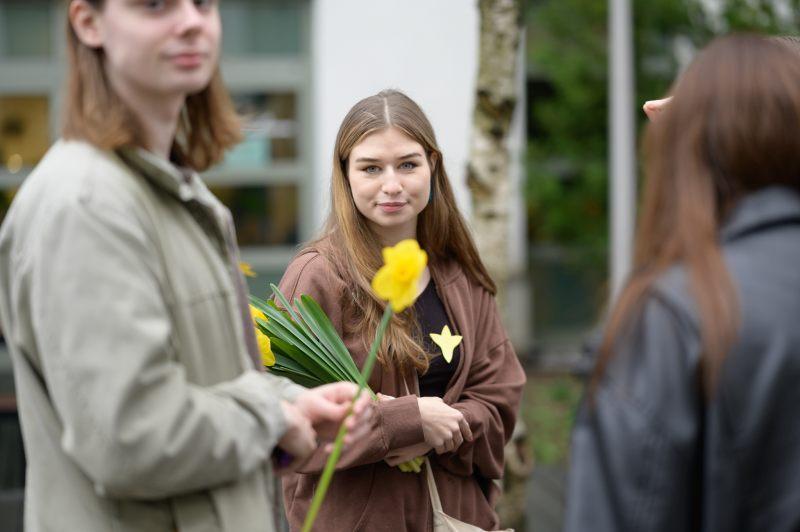 Photo: Nikodem Szymański
Photo: Nikodem Szymański
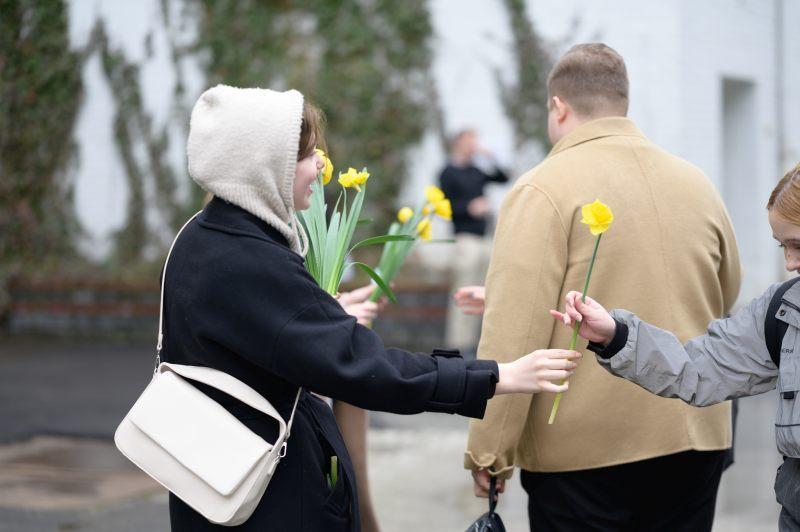 Photo: Nikodem Szymański
Photo: Nikodem Szymański
 Photo: Nikodem Szymański
Photo: Nikodem Szymański
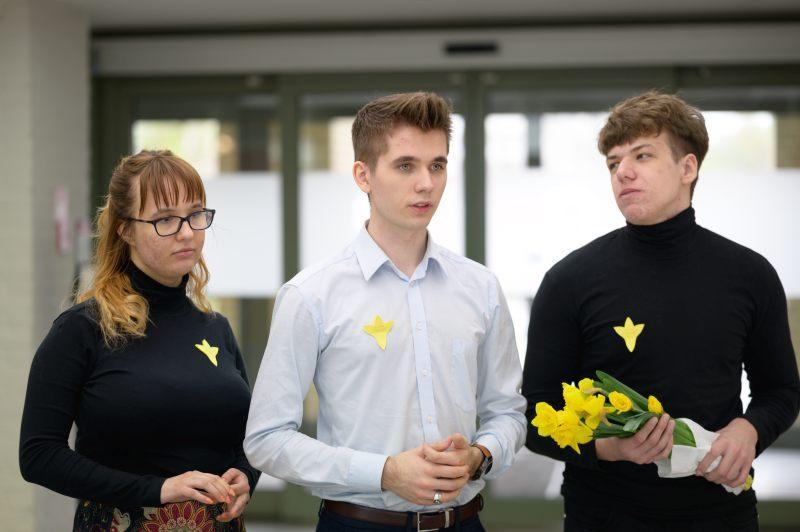 Photo: Nikodem Szymański
Photo: Nikodem Szymański
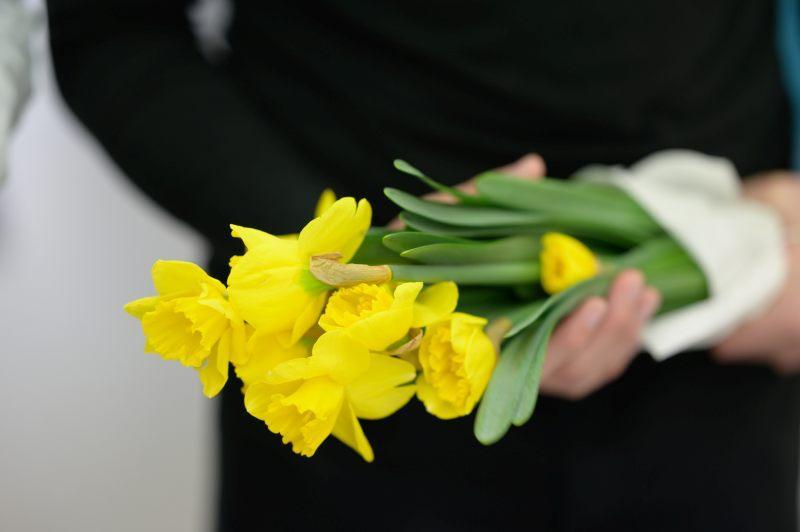 Photo: Nikodem Szymański
Photo: Nikodem Szymański
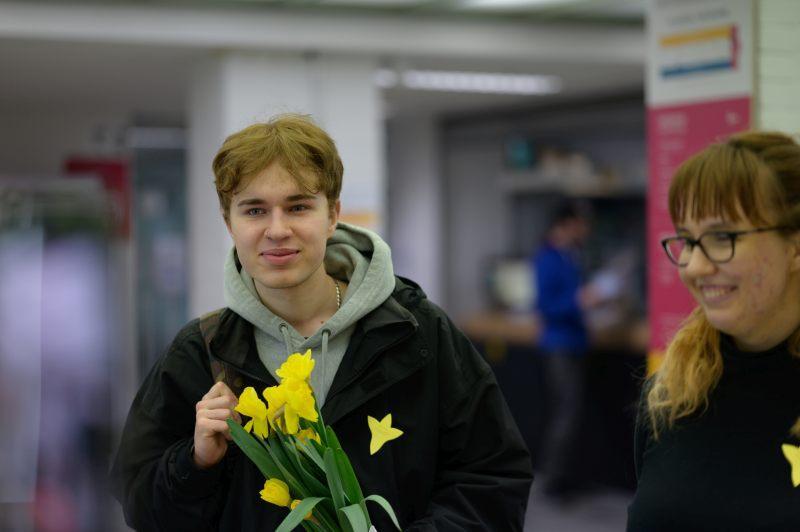 Photo: Nikodem Szymański
Photo: Nikodem Szymański
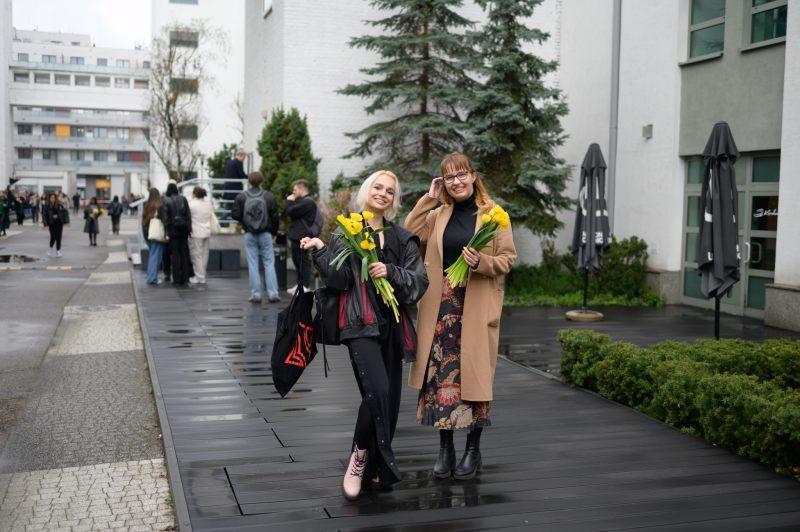 Photo: Nikodem Szymański
Photo: Nikodem Szymański
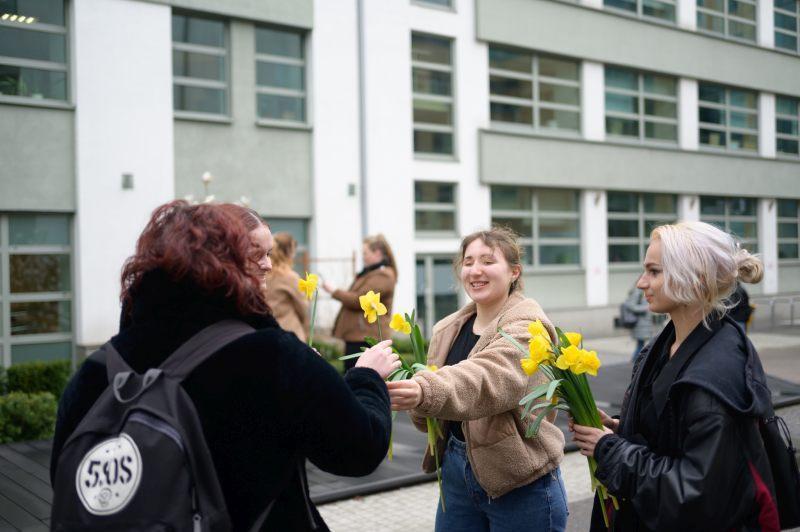 Photo: Nikodem Szymański
Photo: Nikodem Szymański
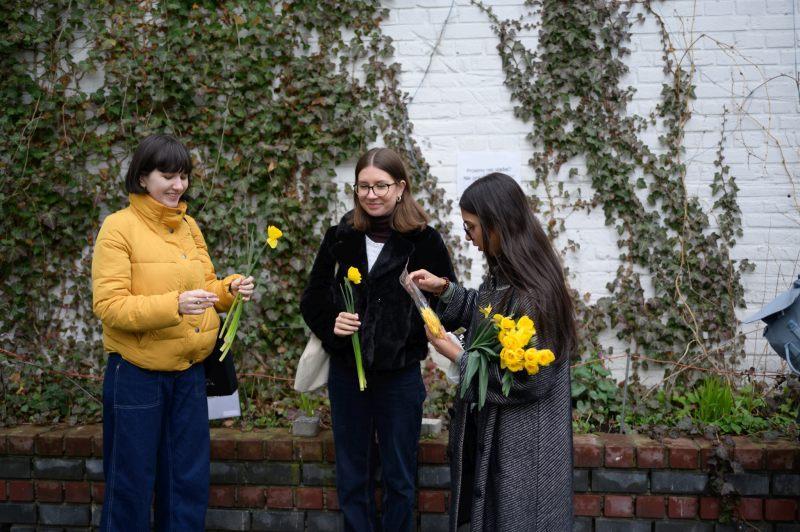 Photo: Nikodem Szymański
Photo: Nikodem Szymański
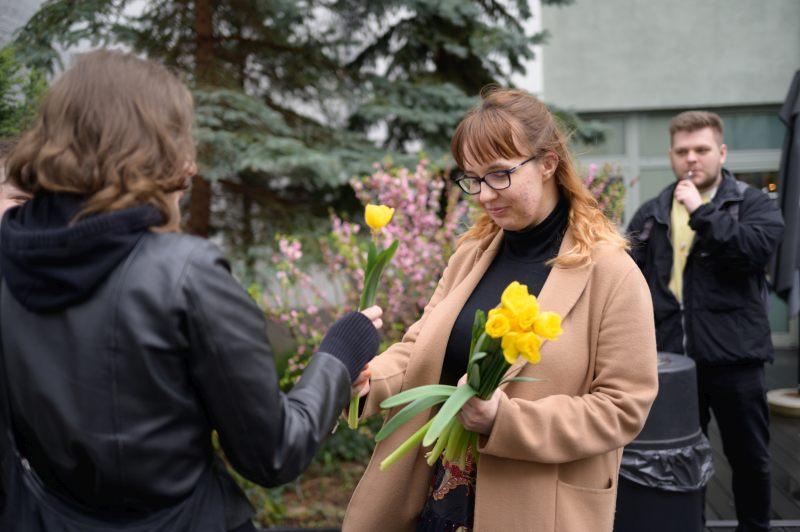 Photo: Nikodem Szymański
Photo: Nikodem Szymański
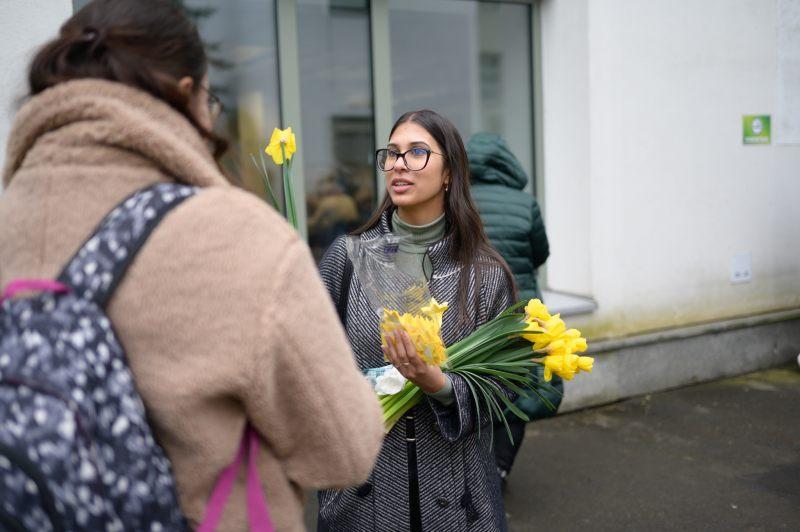 Photo: Nikodem Szymański
Photo: Nikodem Szymański
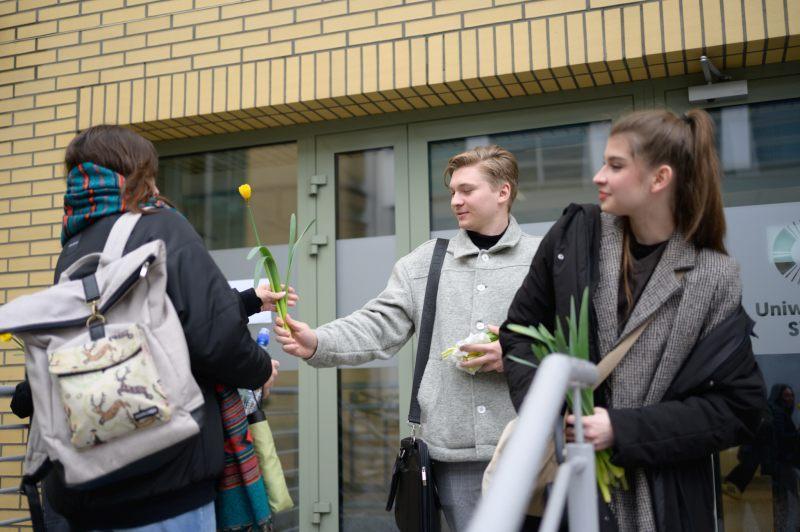 Photo: Nikodem Szymański
Photo: Nikodem Szymański
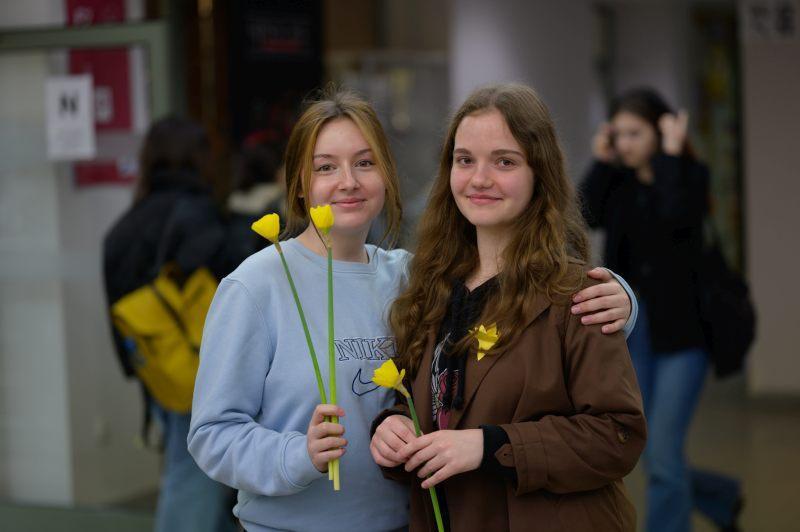 Photo: Nikodem Szymański
Photo: Nikodem Szymański
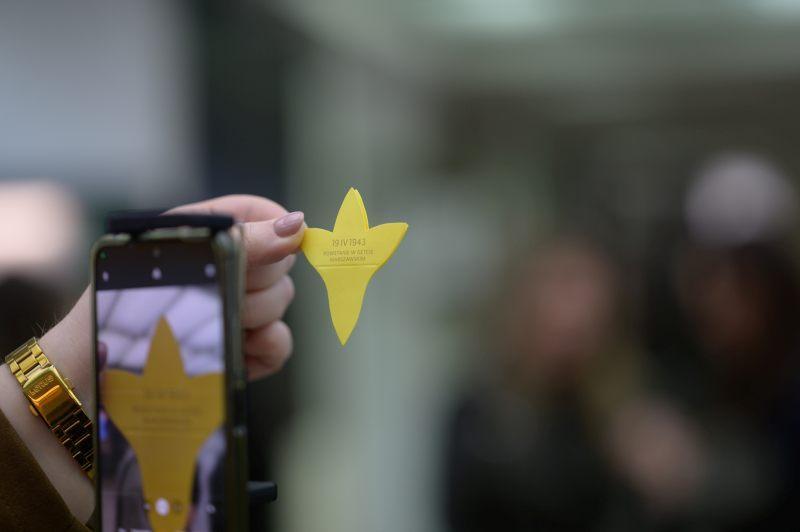 Photo: Nikodem Szymański
Photo: Nikodem Szymański
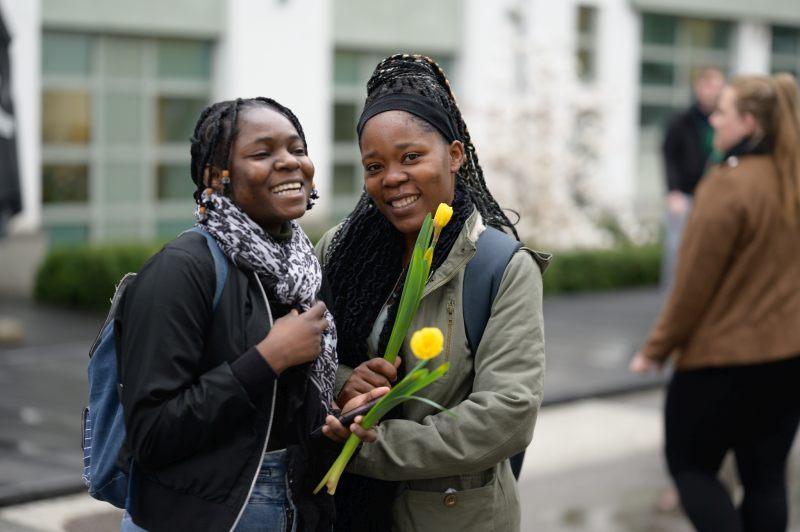 Photo: Nikodem Szymański
Photo: Nikodem Szymański
The event was organized by the Faculty of Social Sciences in Warsaw in collaboration with other Warsaw faculties, including the Faculty of Humanities, Faculty of Law, Faculty of Design, and Faculty of Psychology.